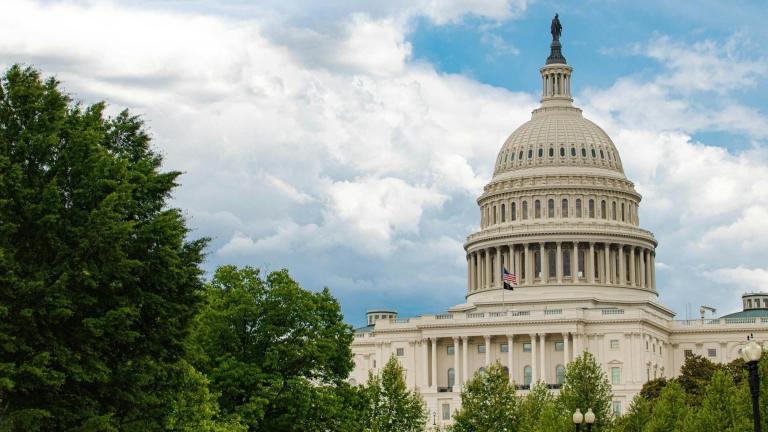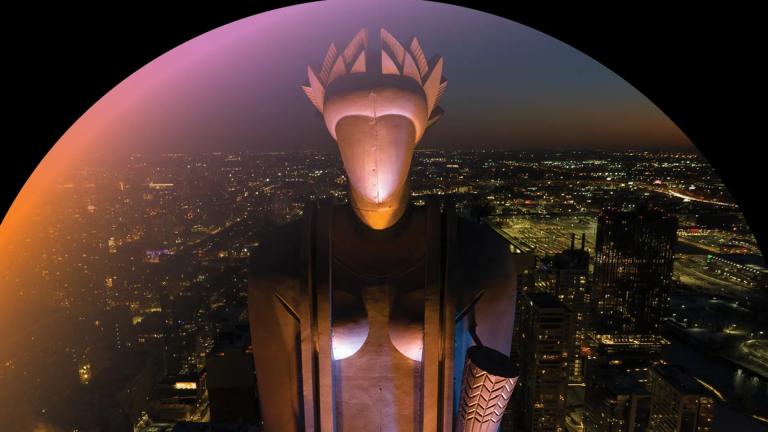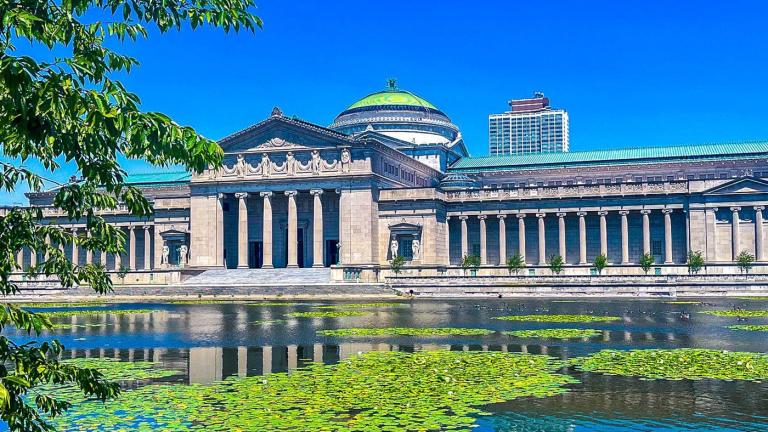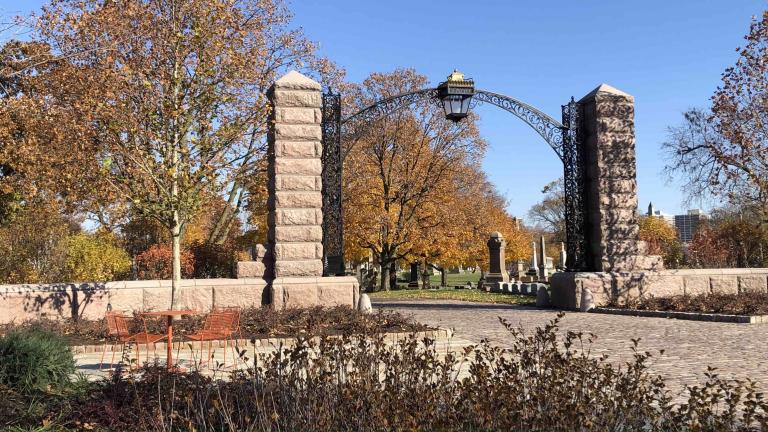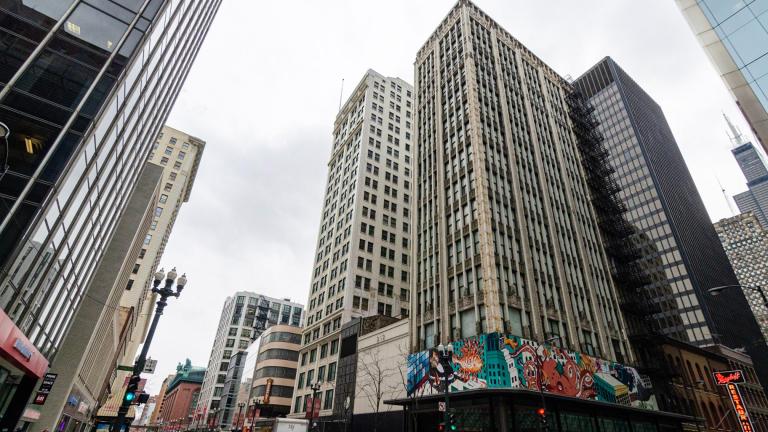This month, Yesomi Umolu was named artistic director of the 2019 Chicago Architectural Biennial. The third edition of the event will run from Sept. 19, 2019 through Jan. 5, 2020 at the Chicago Cultural Center and other locations to be announced.
Umolu is very much a global citizen. Born in Lagos, Nigeria, she was raised in London, England. She has worked in Venice, Italy and lectured in Johannesburg, South Africa. She’s worked in the Midwest for about seven years, including curatorial positions at Michigan State University and the Walker Art Center in Minneapolis.
Umolu is currently the exhibitions curator at the Logan Center for the Arts at the University of Chicago and a lecturer in the humanities department.
She trained as an architect and worked briefly in the field, but she is not a practicing architect, opting instead for a career in curating.
Below, a Q&A with Umolu about her new assignment.
![]()
You were recently named artistic director of the third Chicago Architecture Biennial – what comes next?
The next step is to assemble a curatorial team who will work closely with me on defining the curatorial direction of the biennial. I will continue to work on that for the next couple of months, and then after that we’ll have some time for research and development, and from then an artistic vision and the big ideas will emerge.
You’ve attended both previous biennials as a visitor. What were your impressions?
I think that the biennial has been incredibly successful so far. It’s a young biennial and has had a huge impact on the city of Chicago, but also I think in the field of architecture, there’s a lot of excitement around it and it’s quickly become an event on the architecture calendar for those in the profession and people who have a broader interest in architectural practice and discourse. I think that’s fantastic and I hope to be able to continue garnering the same level of attention and excitement.
I think each edition has been courageous and adventurous in its own way and really charted a unique path and I hope to do that in the same way. Of course we can’t all have the same perspective, so hopefully I’ll be bringing something different to the table but will be adding to the great contributions that the previous artistic directors have provided in the past as well. And I think the biennial will always remain a sort of global biennial, that has an interest in being significant to the field of architecture but also a biennial that is really committed to being part of the city of Chicago and engage different publics across the city. I can imagine that we’ll continue to make good strides in all of those areas.
As someone who grew up in Nigeria and England and who has lectured all over the world, what is the reputation of architecture in Chicago abroad?
For somebody who didn’t grow up in Chicago but had the privilege of studying architecture at the beginnings of my academic life, the Chicago Architecture School was a group that we learned about and we focused on a lot, and of course the impact on the International style on the world – having really been born in the city of Chicago, also had a big impact. I think that the history of architectural innovation in Chicago is something that is known across the world, and people continue to return to the city to think about how it has shaped architecture across time. I think what’s really exciting about the Biennial is we can think about the contemporary nature of Chicago and the contributions that it’s making to contemporary architecture discourse. I don’t think there’s a better city in the United States to do a major architectural biennial than Chicago.
Do you have a favorite building in Chicago?
I have the good fortune of living a couple of steps away from Robie House in Hyde Park, the seminal Frank Lloyd Wright building and so by virtue of being a neighbor, it’s a building I get to appreciate on a daily basis. I think there are a number of architectural gems across the city, and that’s just one of them.
Related stories:
Driehaus Prize: Architects Focus on Public Housing With Classical Style
Preservation Chicago Announces 7 ‘Most Endangered’ Sites of 2018
Chicago Architecture Biennial ‘Showcases the Newest Thinking’

